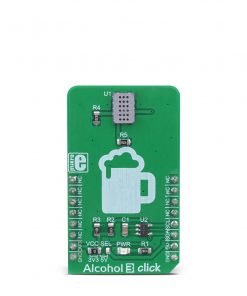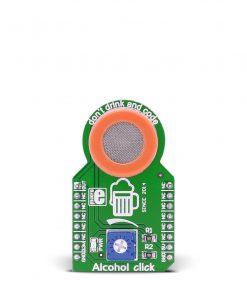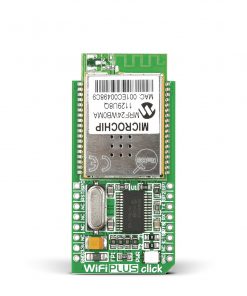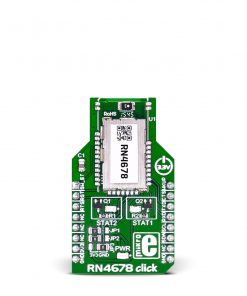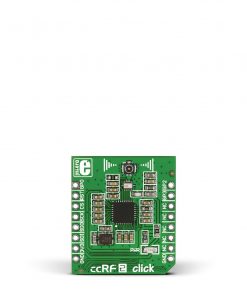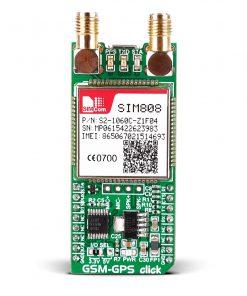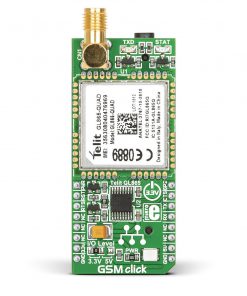eFuse 7 Click
R430.00 ex. VAT
eFuse 7 Click is a compact add-on board with a power path protection solution that limits circuit currents and voltages to safe levels during fault conditions. This board features the LS12052BD33, an eFuse with over-voltage protection and blocking FET control from Littelfuse. This industrial eFuse has a wide input voltage from 2.7V up to 18V, external programmable soft-start time, and current limit, and supports reverse current blocking. Besides, it features short-circuit protection, thermal shutdown protection, and auto recovery. This Click board™ makes the perfect solution for the development of robust protection for multiple faults on the system rail and current limiting for systems such as telecom radios and industrial printers.
eFuse 7 Click is fully compatible with the mikroBUS™ socket and can be used on any host system supporting the mikroBUS™ standard. It comes with the mikroSDK open-source libraries, offering unparalleled flexibility for evaluation and customization. What sets this Click board™ apart is the groundbreaking ClickID feature, enabling your host system to seamlessly and automatically detect and identify this add-on board.
Stock: Lead-time applicable.
| 5+ | R408.50 |
| 10+ | R387.00 |
| 15+ | R365.50 |
| 20+ | R351.74 |

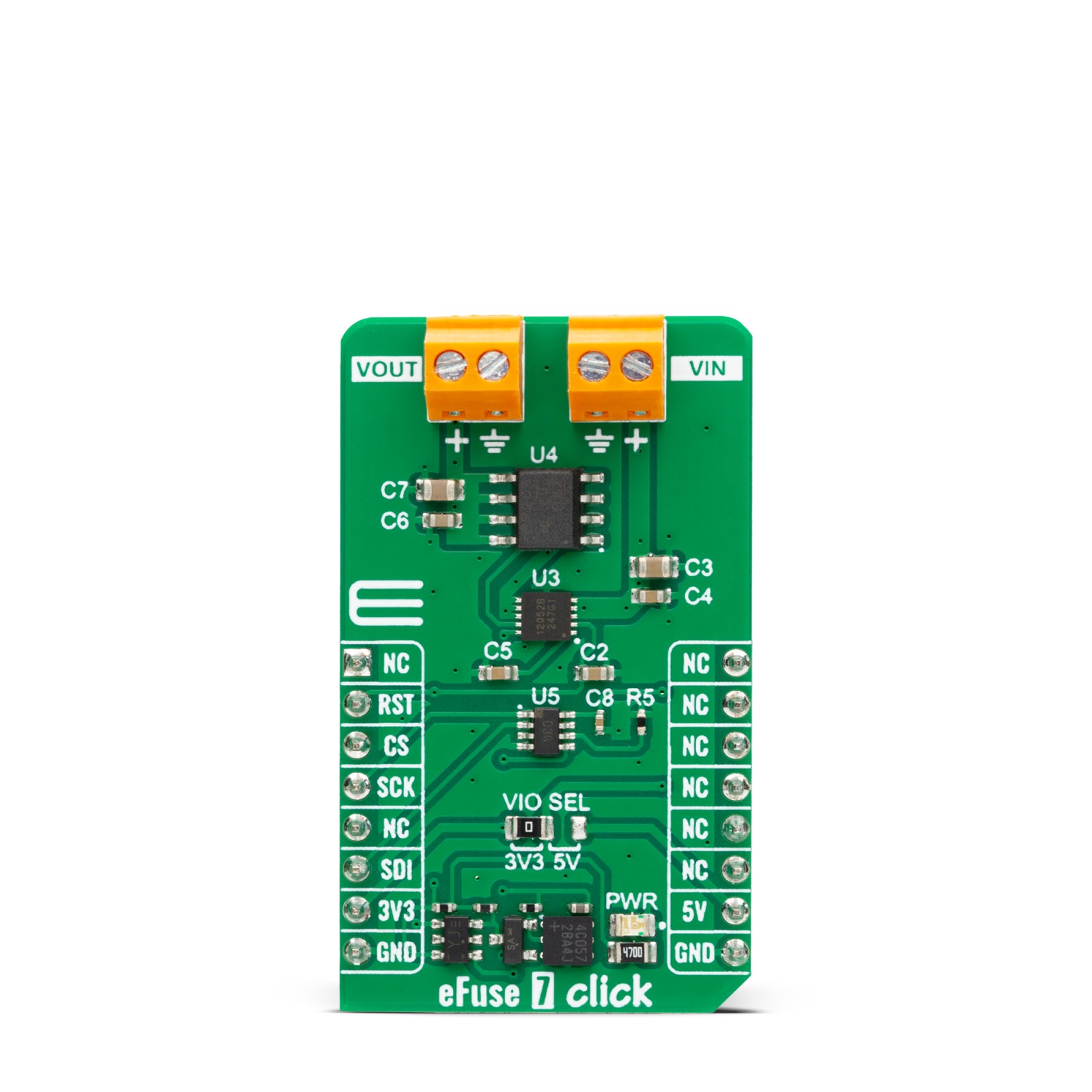
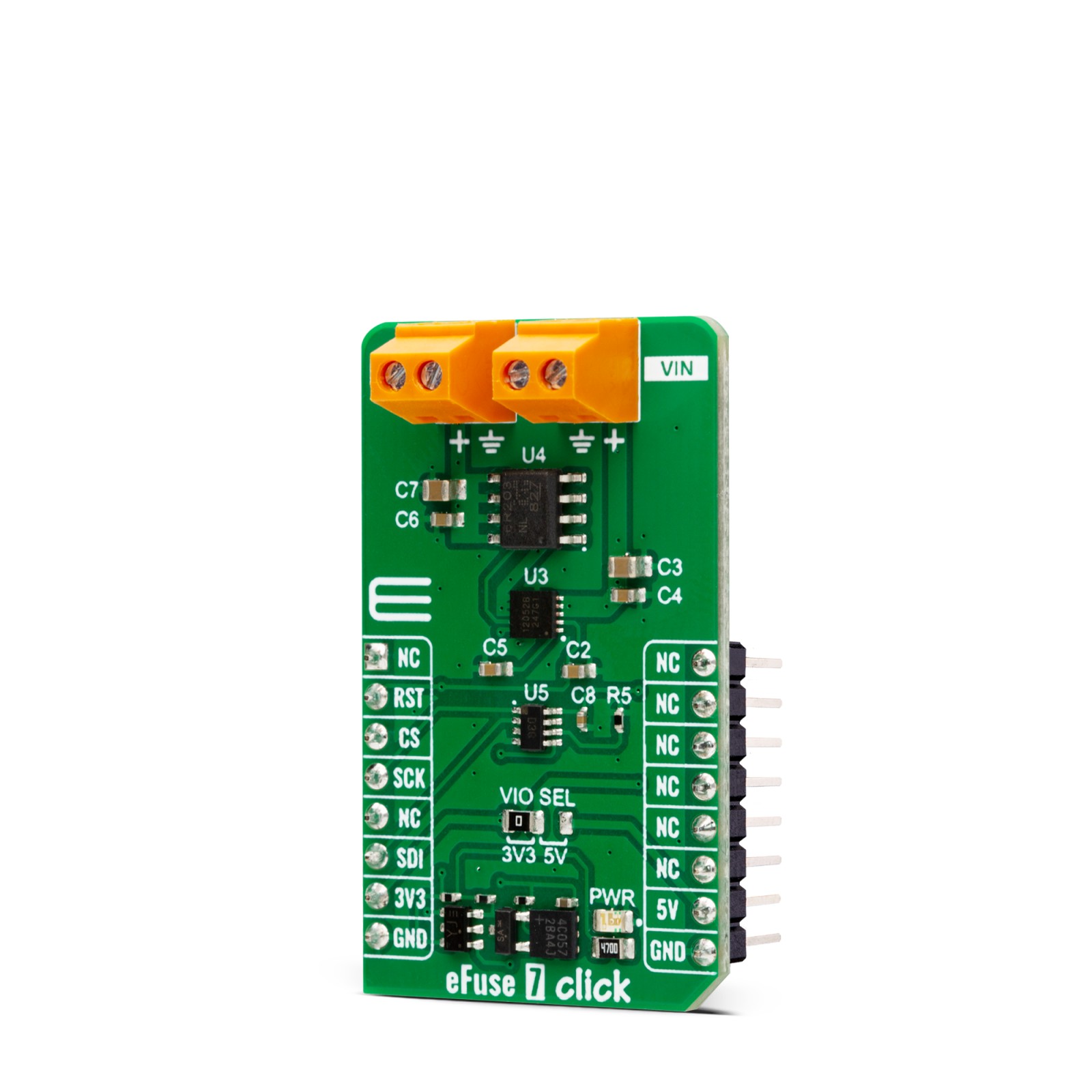
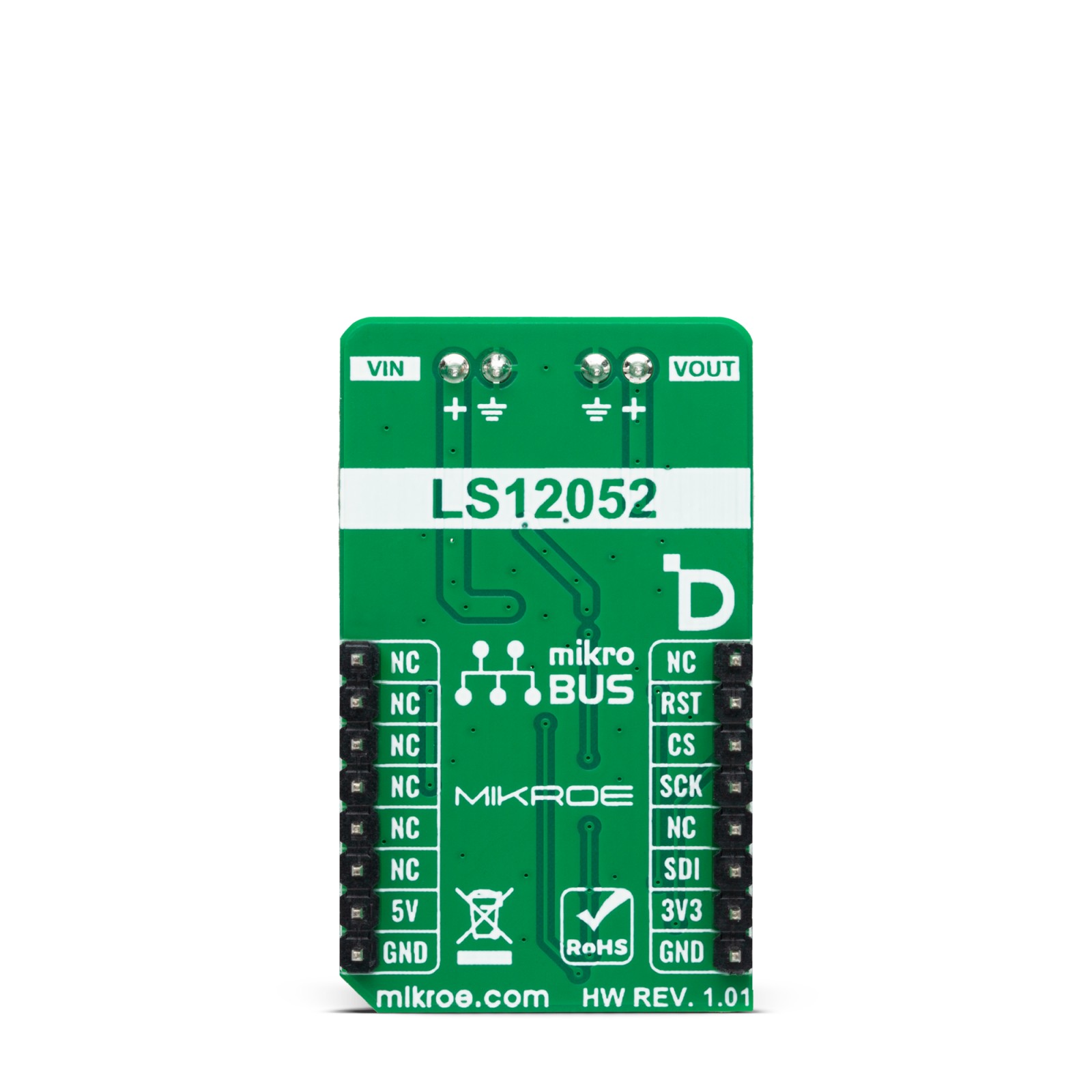
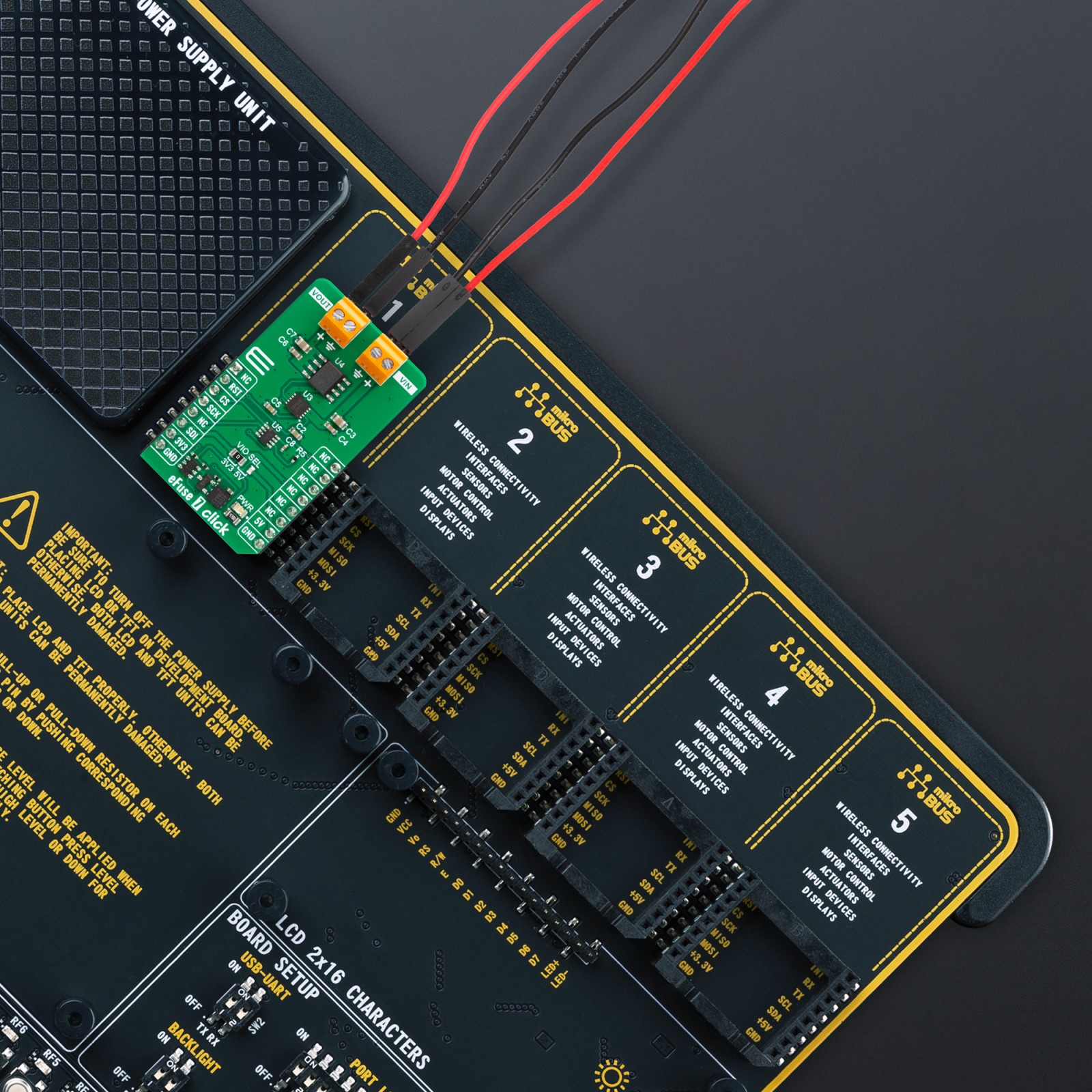
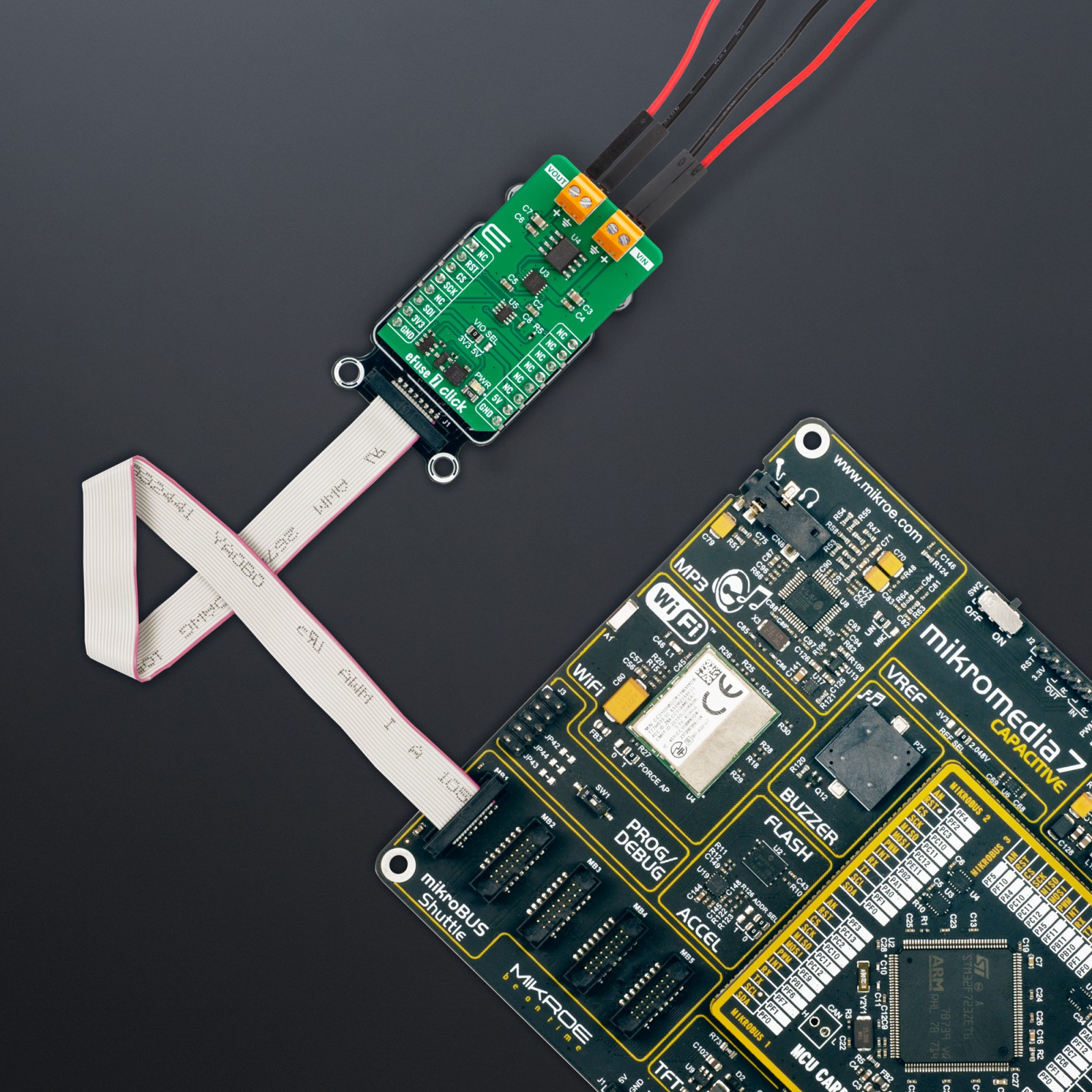

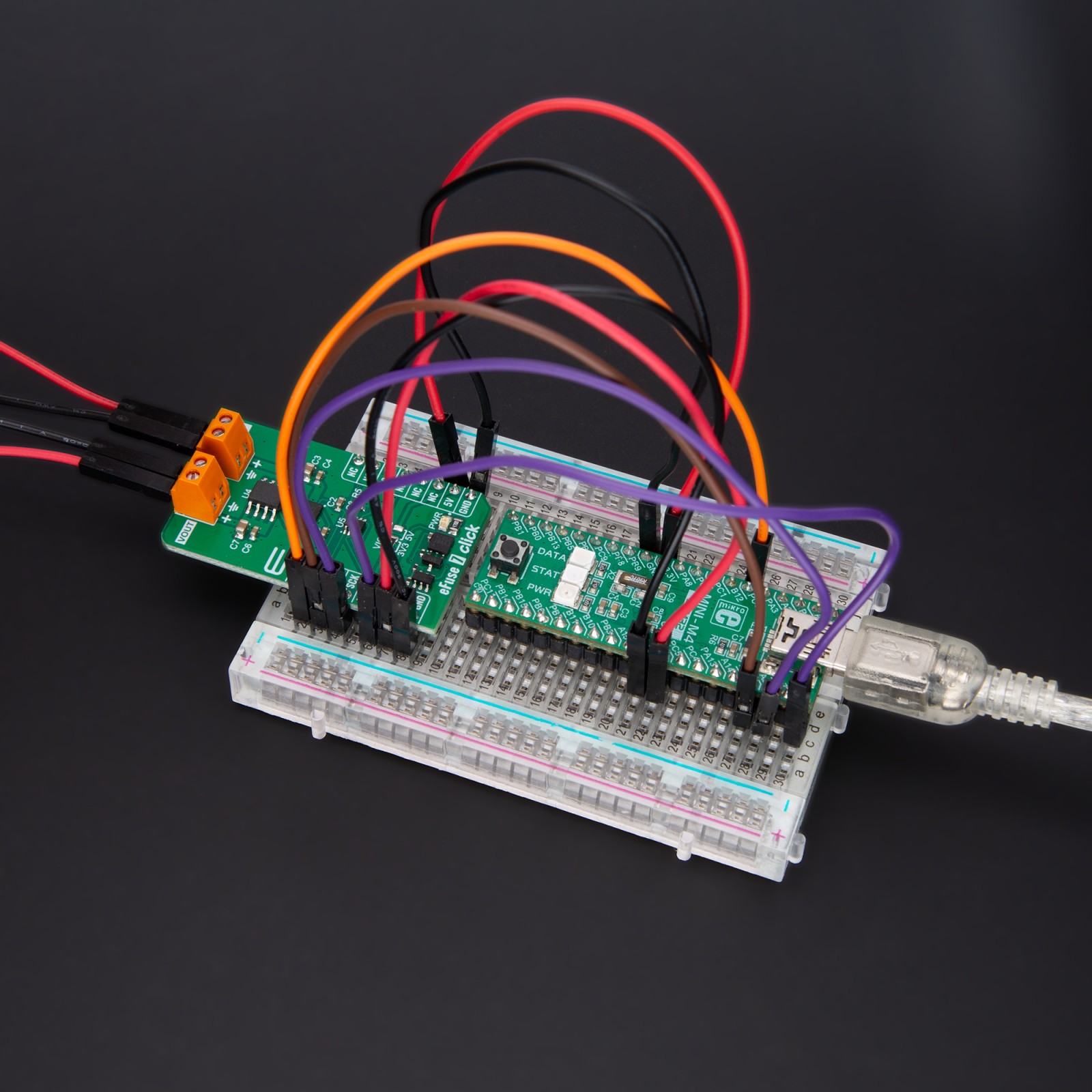
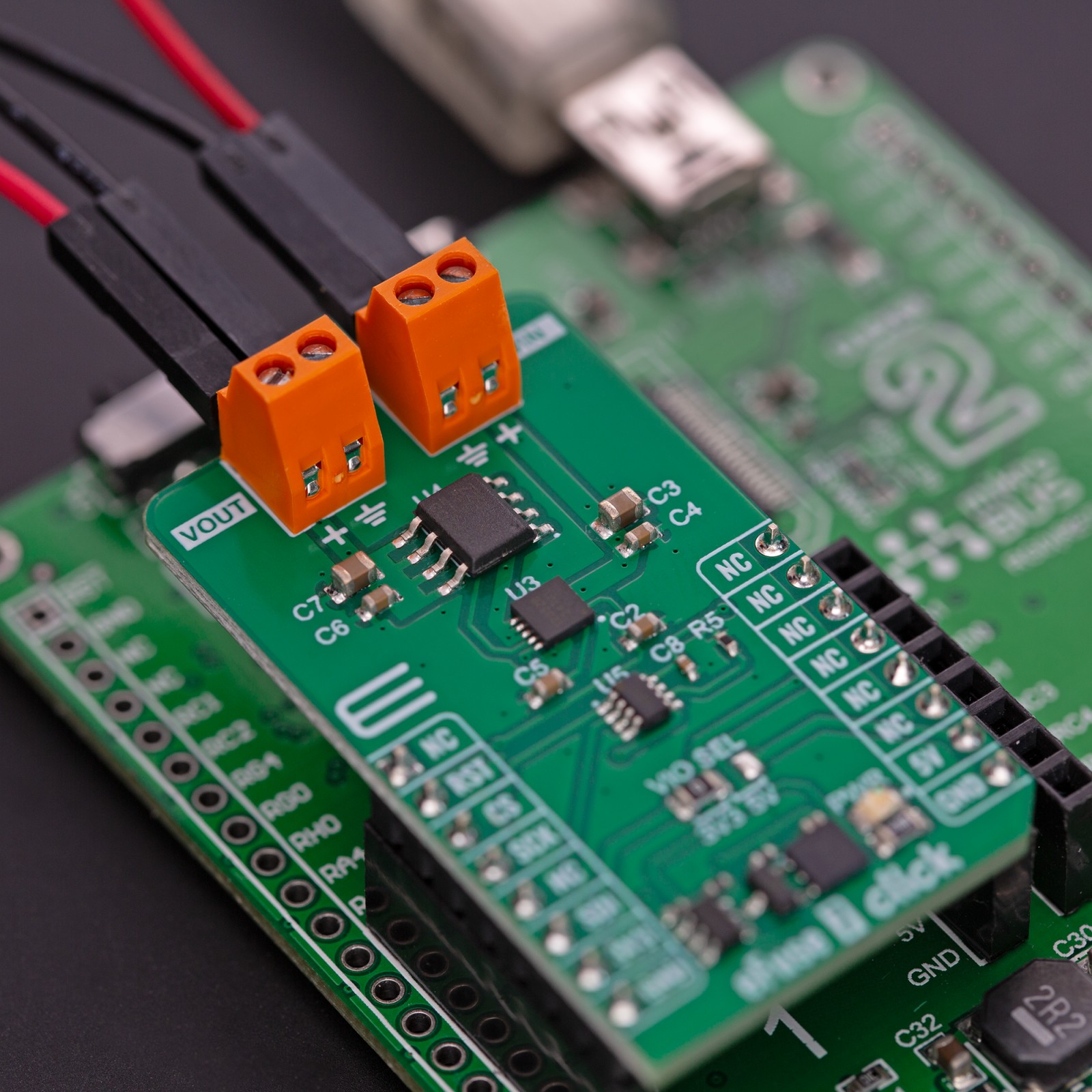
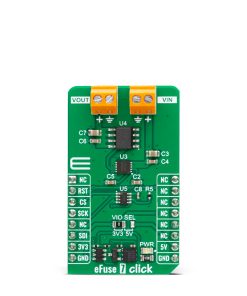
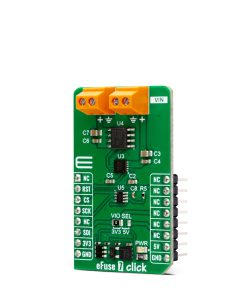

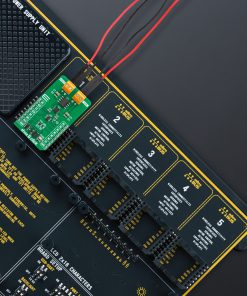
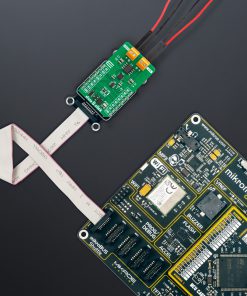
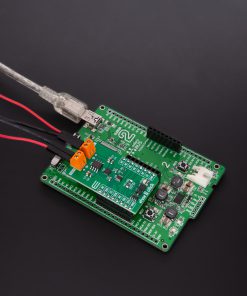


.jpg)

